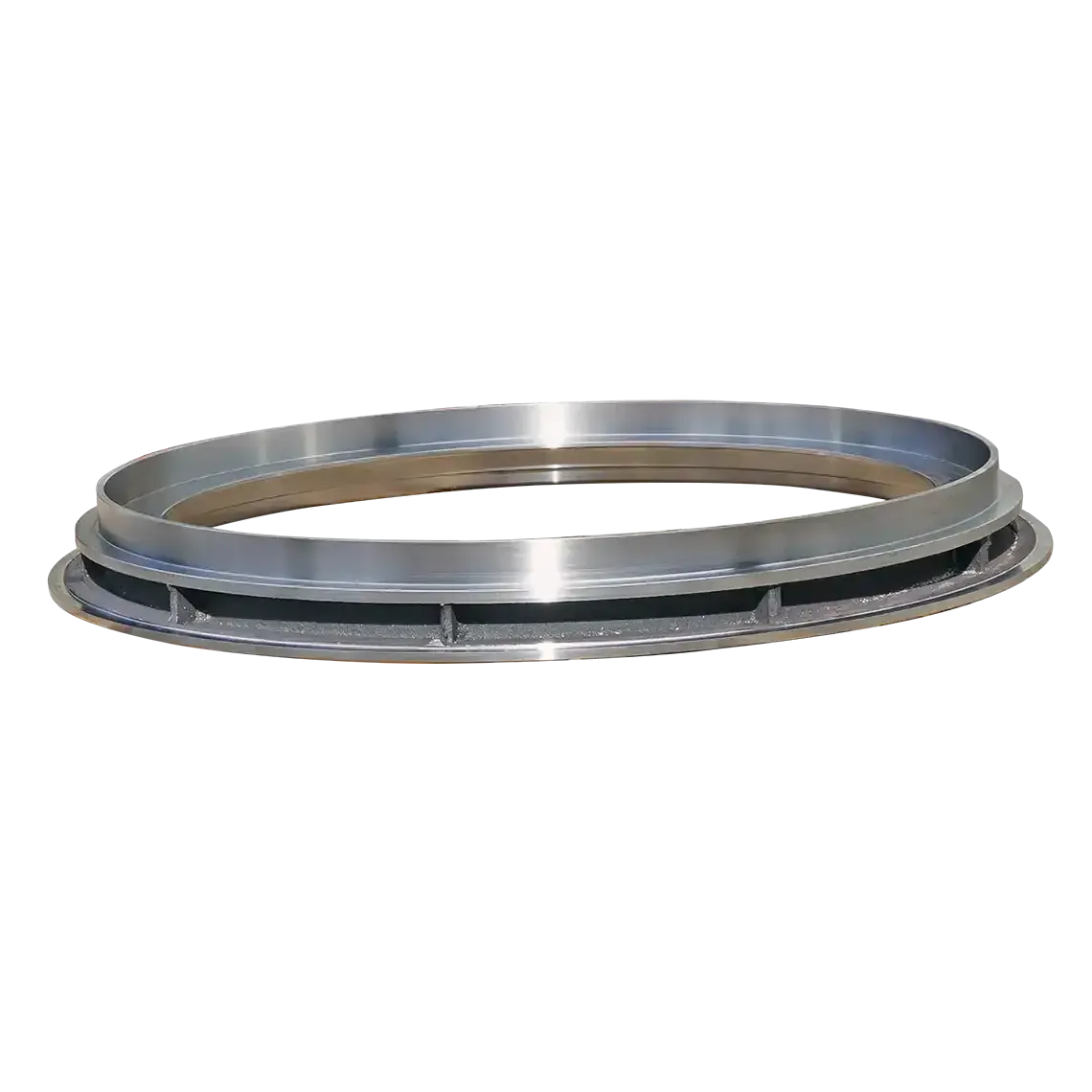- Afrikaans
- Albanian
- Amharic
- Arabic
- Armenian
- Azerbaijani
- Basque
- Belarusian
- Bengali
- Bosnian
- Bulgarian
- Catalan
- Cebuano
- China
- China (Taiwan)
- Corsican
- Croatian
- Czech
- Danish
- Dutch
- English
- Esperanto
- Estonian
- Finnish
- French
- Frisian
- Galician
- Georgian
- German
- Greek
- Gujarati
- Haitian Creole
- hausa
- hawaiian
- Hebrew
- Hindi
- Miao
- Hungarian
- Icelandic
- igbo
- Indonesian
- irish
- Italian
- Japanese
- Javanese
- Kannada
- kazakh
- Khmer
- Rwandese
- Korean
- Kurdish
- Kyrgyz
- Lao
- Latin
- Latvian
- Lithuanian
- Luxembourgish
- Macedonian
- Malgashi
- Malay
- Malayalam
- Maltese
- Maori
- Marathi
- Mongolian
- Myanmar
- Nepali
- Norwegian
- Norwegian
- Occitan
- Pashto
- Persian
- Polish
- Portuguese
- Punjabi
- Romanian
- Russian
- Samoan
- Scottish Gaelic
- Serbian
- Sesotho
- Shona
- Sindhi
- Sinhala
- Slovak
- Slovenian
- Somali
- Spanish
- Sundanese
- Swahili
- Swedish
- Tagalog
- Tajik
- Tamil
- Tatar
- Telugu
- Thai
- Turkish
- Turkmen
- Ukrainian
- Urdu
- Uighur
- Uzbek
- Vietnamese
- Welsh
- Bantu
- Yiddish
- Yoruba
- Zulu
Nov . 09, 2024 20:44 Back to list
Leading Manufacturer of Ductile Iron Castings for Versatile Industrial Applications
The Role of Ductile Casting Manufacturers in Modern Industry
Ductile iron casting has become a cornerstone in the manufacturing industry due to its unique mechanical properties and versatility. With the growing demand for high-performance components in various sectors, such as automotive, construction, and machinery, ductile casting manufacturers play a crucial role in meeting these needs. This article explores the significance of ductile casting, the manufacturing process, and the advantages it offers across different applications.
What is Ductile Iron?
Ductile iron, also known as ductile cast iron or nodular cast iron, is an alloy derived from cast iron. It is characterized by its spherical graphite microstructure, which gives it enhanced ductility and toughness compared to traditional cast iron. The mechanical properties of ductile iron make it suitable for applications that require high strength, good wear resistance, and the ability to absorb shock.
Why Choose Ductile Iron Casting?
1. Strength and Durability Ductile iron exhibits excellent mechanical properties, including high tensile strength and fatigue resistance. This makes it ideal for producing components that must withstand harsh operational environments.
2. Versatility Ductile iron castings can be used in a wide range of applications—from automotive components like crankshafts and gears to industrial equipment such as pumps and valves. This adaptability has made ductile iron a preferred choice among manufacturers.
3. Cost-Effectiveness While the initial cost of ductile iron materials may be higher than other alternatives, the long-term benefits often outweigh this investment. Ductile iron castings can lead to reduced maintenance costs and extended service life, offering a significant return on investment.
The Manufacturing Process
The manufacturing process of ductile iron casting involves several key steps
ductile casting manufacturer

1. Melting The process starts with melting scrap iron and alloying elements in a furnace. The addition of magnesium is crucial, as it alters the graphite formation in the iron, resulting in the instructive nodular microstructure.
2. Pouring Once the molten metal reaches the desired temperature and composition, it is poured into molds. The casting molds can be made from various materials, depending on the complexity and required surface finish of the final products.
3. Cooling and Solidification After pouring, the molten ductile iron cools and solidifies in the mold. The cooling rate can affect the mechanical properties of the final casting, and manufacturers often use controlled cooling techniques to achieve the desired characteristics.
4. Finishing Once the metal has cooled, the castings are removed from the molds. They undergo various finishing processes, including machining, grinding, and surface treatment, to achieve the necessary tolerances and surface finish.
Environmental Considerations
Ductile casting manufacturers are increasingly focused on sustainability. The entire process, from raw material sourcing to the final product, can be optimized to minimize waste and reduce carbon emissions. Modern casting facilities are implementing recycling techniques that reclaim and reuse scrap material, contributing to a circular economy.
Moreover, advances in technology, such as computer-aided design (CAD) and simulation software, have enhanced the efficiency of the casting process. These innovations allow for the creation of designs that reduce material usage without compromising quality, aligning with environmental sustainability goals.
Conclusion
Ductile casting manufacturers are at the forefront of producing high-quality, durable components essential for a multitude of applications in today's complex industrial landscape. By leveraging the unique properties of ductile iron, these manufacturers not only meet the demands of various sectors but also contribute to sustainable manufacturing practices. As industries continue to evolve, the importance of ductile iron casting will only grow, making it a vital area of focus for manufacturers aiming to innovate and lead in their respective markets. With its combination of strength, versatility, and cost-effectiveness, ductile iron casting will undoubtedly remain a preferred choice for manufacturers around the world.
-
Premium Cast Iron Water Main Pipe: Durable, Corrosion-Resistant
NewsAug.03,2025
-
Durable Cast Iron Water Mains | AI-Optimized Systems
NewsAug.02,2025
-
High-Efficiency Propane Boiler for Baseboard Heat | Save Energy
NewsAug.01,2025
-
Premium Source Suppliers for Various Gray Iron Castings
NewsJul.31,2025
-
Durable Cast Iron Water Main Pipes | Long-Lasting
NewsJul.31,2025
-
High-Quality Cast Iron Water Main Pipe for Durable Infrastructure
NewsJul.30,2025


